Distracted Driving Awareness
If you needed any more reason to put the phone down while driving, here’s an incentive video.
If you needed any more reason to put the phone down while driving, here’s an incentive video.
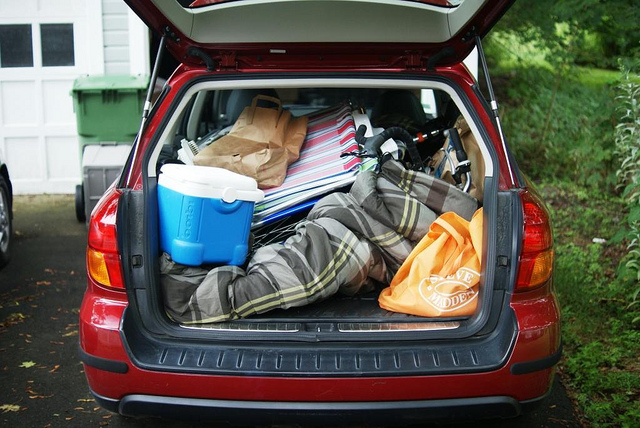 Memorial Day kicks off most dangerous one-third of the year for teen drivers (those from ages 16 to 19. The one hundred days from Memorial to Labor Day are risky-in 2012, there were almost 1,000 people killed in accidents involving teen drivers. Over half of those killed were teens, and this says nothing of injuries.
Memorial Day kicks off most dangerous one-third of the year for teen drivers (those from ages 16 to 19. The one hundred days from Memorial to Labor Day are risky-in 2012, there were almost 1,000 people killed in accidents involving teen drivers. Over half of those killed were teens, and this says nothing of injuries.
The reasons seem clear–it is summer, so school is out, teens are driving more frequently, and driving more often in unfamiliar areas. Additionally, teens are less frequently sole occupants of their vehicles–they are often driving with friends, perhaps a more significant source of distracted driving than cell phones. The National Safety Council estimates that passengers increase the risks of crashing by 44% or more.
For us non-teen drivers, it means we should be even more aware while on the road. Inexperienced drivers like teens, particularly distracted teens, have slower reaction times. Aggressive driving near those novices is more likely to result in a crash.
This month Maryland drivers will have to live up to the state’s new expectations. There are two important new rules for drivers, effective October 1, 2013.
In the continuing march of more severe cell phone laws, the legislature has seen fit to increase penalties and make enforcement easier. In 2010 drivers were prohibited from talking on cell phones without a hands free device. These were only secondary offenses, meaning that drivers could only be cited if they were violating some other law (like speeding). In 2011 the use of a cell phone for writing, reading or sending text messages also became illegal, and it was set as a primary offense, meaning that drivers could be cited even without violation of another law.
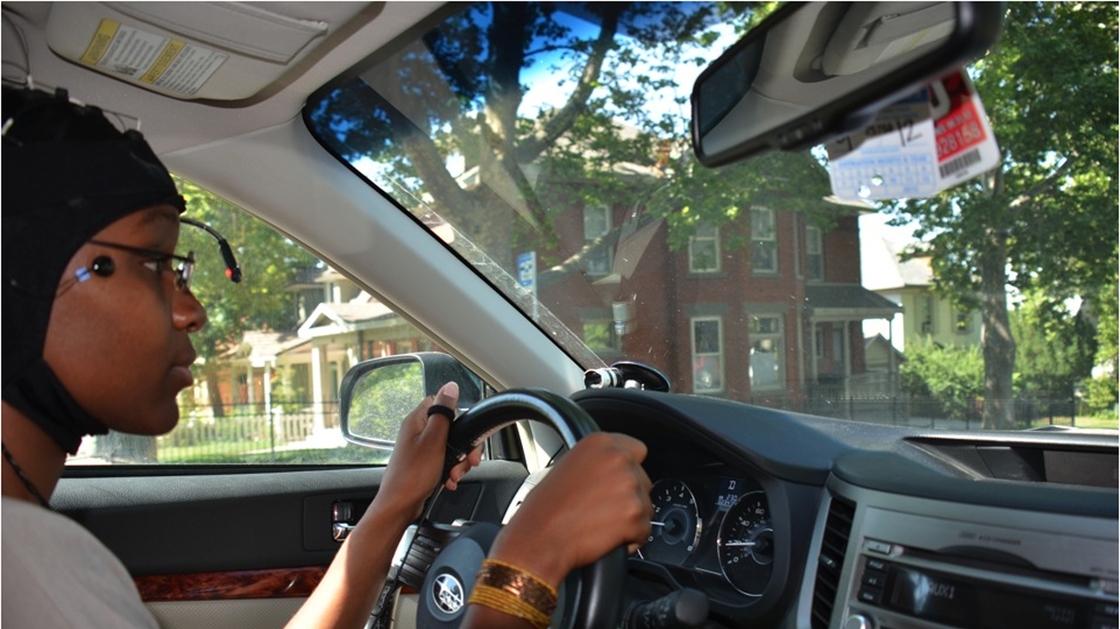 The laws of most states are coming around to what public perception (not to mention science) understands very clearly–drivers are distracted when they use handheld cellphones for talking, texting and e-mailing. Those distracted drivers are more likely to cause accidents. Most states have some sort of cell phone laws. In Maryland, for example, we prohibit the handheld use of cell phones for any purpose (even while stopped at a red light).
The laws of most states are coming around to what public perception (not to mention science) understands very clearly–drivers are distracted when they use handheld cellphones for talking, texting and e-mailing. Those distracted drivers are more likely to cause accidents. Most states have some sort of cell phone laws. In Maryland, for example, we prohibit the handheld use of cell phones for any purpose (even while stopped at a red light).
So, in Maryland and other states, we rely on hands-free technologies, like Bluetooth. Many vehicles are now coming equipped with their own hands-free devices. My Honda, for example, allows me to push a button on my steering wheel to access my voice-recognition speed dial. Even cooler, when I receive text messages, my car will read the messages aloud, and allow me to dictate a response.
Here’s the problem: these technologies may be no safer than the behaviors they were designed to replace. A new report, sponsored by AAA and conducted by the University of Utah, has determined that hands-free technologies don’t actually make us safer. The CEO of AAA calls it “a looming public safety crisis.” The report (found here). In the study, they used some rather high-tech looking devices to measure driver reactions and brain activity when listening to the radio, talking on a cellphone (with and without hands) and using voice-activated talk-to-text features.
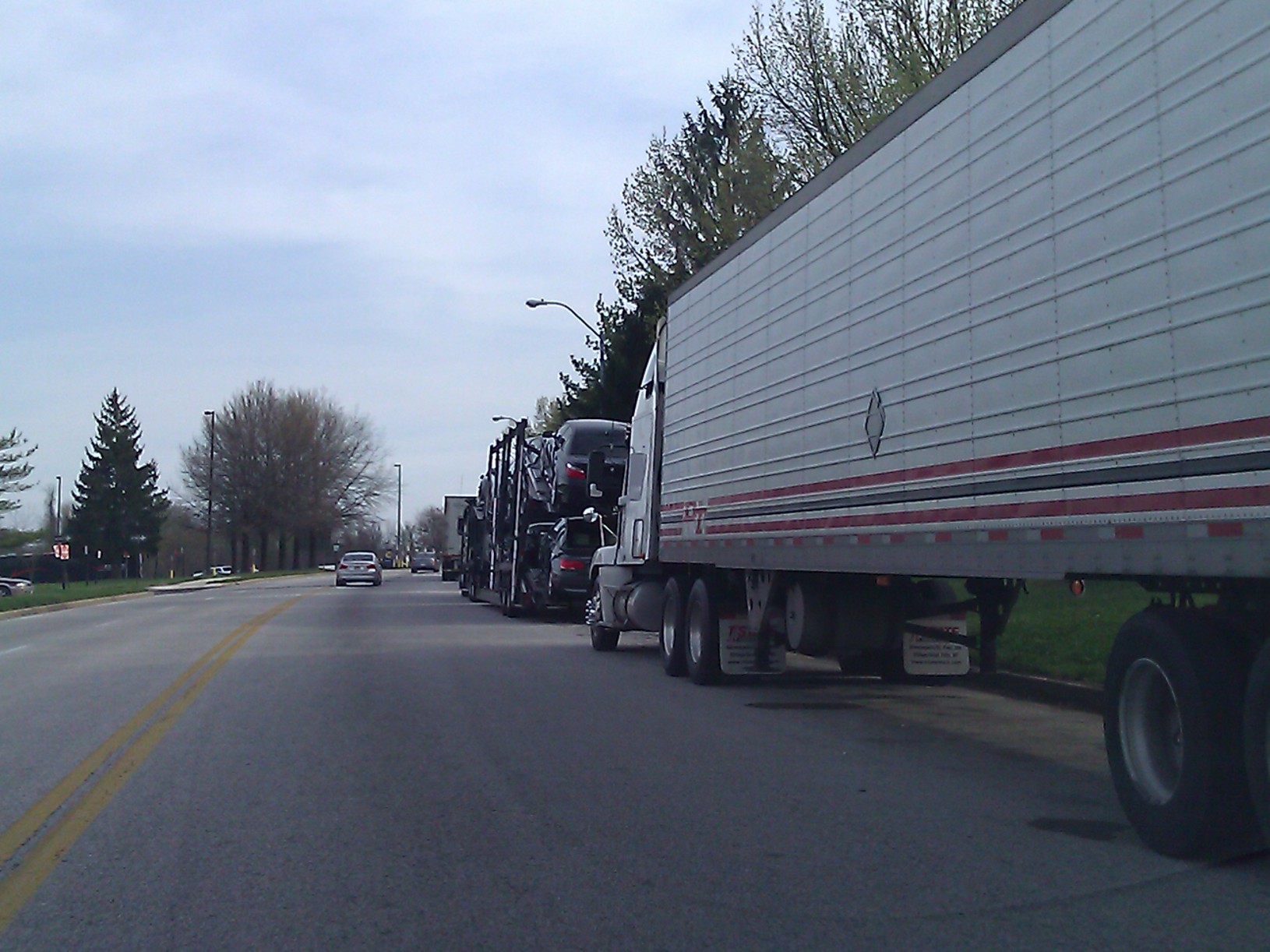 Often when an auto accident involves a business vehicle, there are two specific types of claim that should be alleged against the business–the first is that the business is liable simply by virtue of employing the negligent driver; the second is that the business is liable because it did something incorrectly.
Often when an auto accident involves a business vehicle, there are two specific types of claim that should be alleged against the business–the first is that the business is liable simply by virtue of employing the negligent driver; the second is that the business is liable because it did something incorrectly.
Respondeat superior is Latin for “let the master answer.” Lawyers frequently use Latin, mostly because that’s how lawyers in ages past were trained, and as a profession we are hard-pressed to put things in the regular, understandable English. What it means is that the employer is going to be responsible for the negligence of his employee if the injury occurred in the normal scope of employment. There are many important exceptions to this, but in general, if a UPS driver falls asleep at the wheel and rear-ends another car, UPS is going to be responsible for that accident.
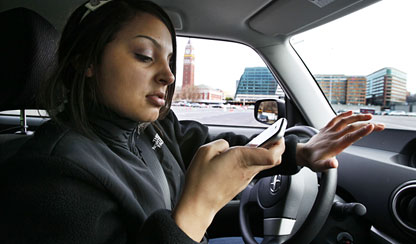 The Federal government wants to know whether you’ve been texting and driving. They have authorized grants to two states, Connecticut and Massachusetts, for anti-texting enforcement programs. Each state will get $275,000.00.
The Federal government wants to know whether you’ve been texting and driving. They have authorized grants to two states, Connecticut and Massachusetts, for anti-texting enforcement programs. Each state will get $275,000.00.
This money will be used to train police officers on how to detect texters–not only from their patrol cars, but from highway overpasses and more covert locations. I’m not sure how this will work, exactly. One police officer on a bridge, watching traffic come toward him. That officer radios to another officer on the road below, and tells him which car to pull over. Maybe it’s as simple as that.
One thing is for sure–some people who flaunt Maryland’s cell phone use laws are getting crafty–many keep the phones down below window-level to avoid police detection. Of course, that makes it harder to see the road, which is more likely to cause crashes.
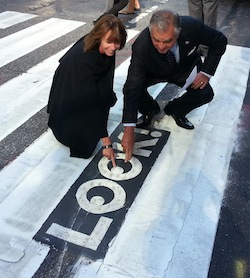 Oftentimes, pedestrian-versus-car accident cases are among the toughest to litigate. It’s rare that we see that perfect liability scenario:
Oftentimes, pedestrian-versus-car accident cases are among the toughest to litigate. It’s rare that we see that perfect liability scenario:
The pedestrian, observed by traffic cameras, dutifully waited her turn to cross from one end of the street to the other. The approaching traffic stopped, she got the white “walking man” signal, and after looking both ways, she proceeded across the cross walk to the other end. At that point, the independent and disinterested witness observed, the defendant ran the red light at twice the speed limit, hitting the pedestrian.”
What we usually see is something like this:
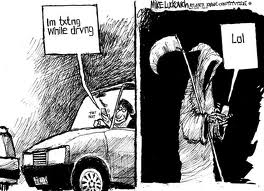 With so many accidents caused by distracted driving, it’s a fair bet that, in any given accident, the negligent driver was on a handheld phone or handling e-mail or text messages while driving. In many cases, that fact is not important: if the defendant admits liability, or if liability is clear (for example, the garden variety rear-end collision).
With so many accidents caused by distracted driving, it’s a fair bet that, in any given accident, the negligent driver was on a handheld phone or handling e-mail or text messages while driving. In many cases, that fact is not important: if the defendant admits liability, or if liability is clear (for example, the garden variety rear-end collision).
In other cases, though, proving that the defendant was distracted can go a long way toward showing that their version of events is likely wrong (if not an outright lie). Yesterday I deposed a representative of AT&T to find out everything I could about the phone usage of an automobile accident defendant at the time of the accident.
These types of depositions take a lot of legwork. When I get the transcript, I’ll post it on the website. If you have a case where you suspect illegal cell phone use at the time of an accident, here are some things to think about: